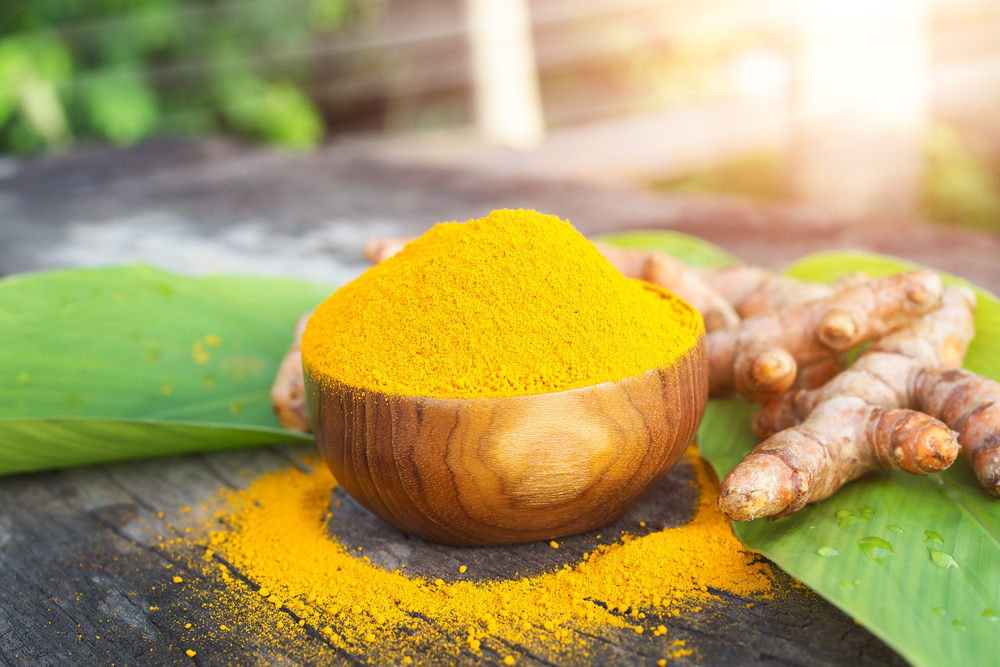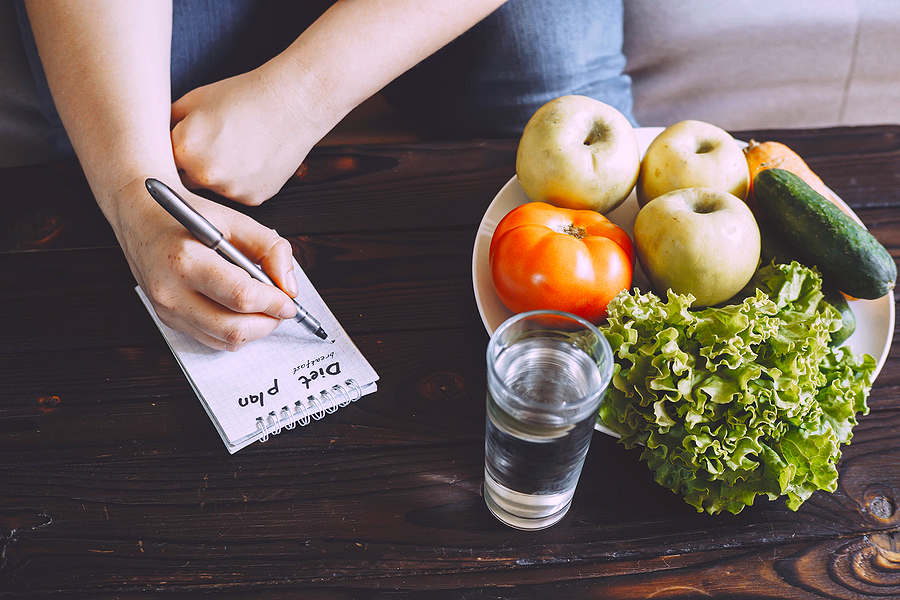By now you know how important I believe food is to health and healing. Food is something I discuss with virtually every patient I see at Women to Women. Finding the right balance of high quality proteins, slow-release carbohydrates and healthy fats — and knowing which ones are the best to choose — is something we all need to understand in order to get and stay healthy.
I encourage my patients to experiment and to try new grains, vegetables and other ingredients. We need to eat the rainbow of fruits and vegetables, selecting options in each color to get the best nutritional support but yet often, we stick to the few things we know and love.
That’s probably because it’s easy, safe and familiar; it may feel too risky to take a chance on something new for dinner.
What if you cook it and no one likes it? Or you order it and pay all that money only to leave the restaurant still hungry (or worse yet, fill up on dessert because dinner wasn’t quite to your taste). But taking risks in life can pay off big time and trying a new food is a small way to change things up, escape your daily routine, and at the same time, improve your health.
You may not be able to travel to India or China tonight, where food has been used medicinally for thousands and thousands of years, but trying food from other parts of the world can be a great first step toward filling in your own nutritional gaps while at the same time opening yourself up to other ways of seeing the world. Who knows: you may find yourself beginning to take more risks in other areas of your life as well!
Whether you go all in or start small with some simple baby steps, to restore hormonal balance and heal your body, broadening your menu and ingredient list will help to ensure you get all the nutrients your changing body needs. Why not take a chance and try some kale, pomegranates, quinoa, sardines, or kefir? Or maybe instead of pizza, you could try some Indian, Asian or Middle Eastern food? Perhaps you could get together with friends (so you feed yourself on other levels at the same time) and try a new ethnic restaurant once a month. Or better yet, create a social cooking club and take turns choosing an intriguing new recipe to cook together. Trying new foods can be fun as well as healthy!
In addition to trying new foods, however, I also tell my patients to consider trying new flavors. If you are reluctant to jump from the chicken you know and love to a meat you have never tried such as bison, for example, there is still an easy way to completely change up the flavor of the same foods you eat regularly and also bring in some seriously powerful health benefits at the same time: add some spices.
It may help to think of spices as just really intensely flavored and concentrated vegetables: they are full of nutritional benefits such as phytonutrients and antioxidants, they are calorie free, but best of all, they take little to no prep work! Spices contain numerous health benefits and offer different flavor profiles to turn your chicken or vegetables from another “same old” meal into an exotic escape.
One particularly powerful spice you can bring into your diet easily that will have a positive impact on your health, wellness and longevity (that I have come to love!) is turmeric. You may have heard that turmeric is so powerful it has provided results comparable to many patented drugs; if you haven’t I’m going to give you a small taste of just some of turmeric’s many amazing health benefits.
So What Exactly is Turmeric?
Turmeric comes from the root of the curcuma plant. It’s native to Indonesia and southern India and it has been used in Eastern cultures for more than 5000 years. It has a tough brown skin but its flesh is a deep orange: it’s kind of like what you might see if ginger root and an orange merged together. (It’s sometimes called Indian saffron because of its similarity in color.)
While it’s one of the main ingredients in a curry, turmeric is also found in inexpensive store and ballpark mustards (such as French’s) as it gives mustard a bright yellow color. On its own, turmeric has a peppery, warm and slightly bitter taste. It’s high in manganese, iron, vitamin B6 and also contains fiber and potassium.
For thousands of years, turmeric has been used in China and India as an anti-inflammatory agent to treat conditions from toothaches to chest pains, colic, menstrual difficulties, flatulence and even jaundice. The healing power comes from curcumin, which is contained within the yellow or orange pigment. Curcumin has been shown in multiple studies to compare to the drugs hydrocortisone and phenylbutazone and even over the counter anti-inflammatory products such as Motrin!
While these drugs all carry numerous risky side effects, however, curcumin has not demonstrated any toxicity or concerns. Beyond its generalized use as an anti-inflammatory (something very important given todays pro-inflammatory diet), studies have shown that the health benefits of turmeric include:
- Cancer prevention;
- Improved liver function;
- Rheumatoid arthritis relief;
- Cystic fibrosis prevention;
- Cholesterol level reduction;
- Alzheimer’s prevention; and
- Treatment for Inflammatory Bowel Disease (IBD), Crohn’s and ulcerative colitis.
That is some serious nutritional power in a tasty little powder! So how do you bring this power into your diet? While turmeric is often found in supermarkets these days, spice stores and ethnic markets often have superior quality and freshness. If you are buying a jar of turmeric, try to find an organic brand (so you can be sure it was not irradiated as many spices are because that damages the free radicals) that is packaged and shipped fresh.
Powders should be kept in a cool, dark and dry place in a tightly sealed container. If you purchase turmeric itself, the fresh turmeric rhizome, as it is called, should be kept in your refrigerator. When ready to use, you boil it, dry it and grind it finely. The color of the powder may vary from yellow to orange but that won’t affect its quality: you can expect color variation to vary by variety.
Turmeric can stain easily, so wash any area it comes in contact with using soap and water and consider wearing kitchen gloves to prevent finger stains if handling directly. One last tip: curry powder contains only a small amount of the healing curcumin so opt for turmeric rather than curry powder for best results.
Experts say 2 teaspoons a day can have a powerful health impact so look for ways to add more turmeric into your diet by adding it to salad dressings, egg salads, or sprinkling it on steamed veggies such as cauliflower, onions, green beans and even sautéed apples. It goes great in any recipe using a curry (just add some extra) or anything you cook with lentils.
Taking a risk in life is good… Food and especially spices are a great and easy way to bring something new and different in your life: Escape your routine and try a new spice such as turmeric today!







